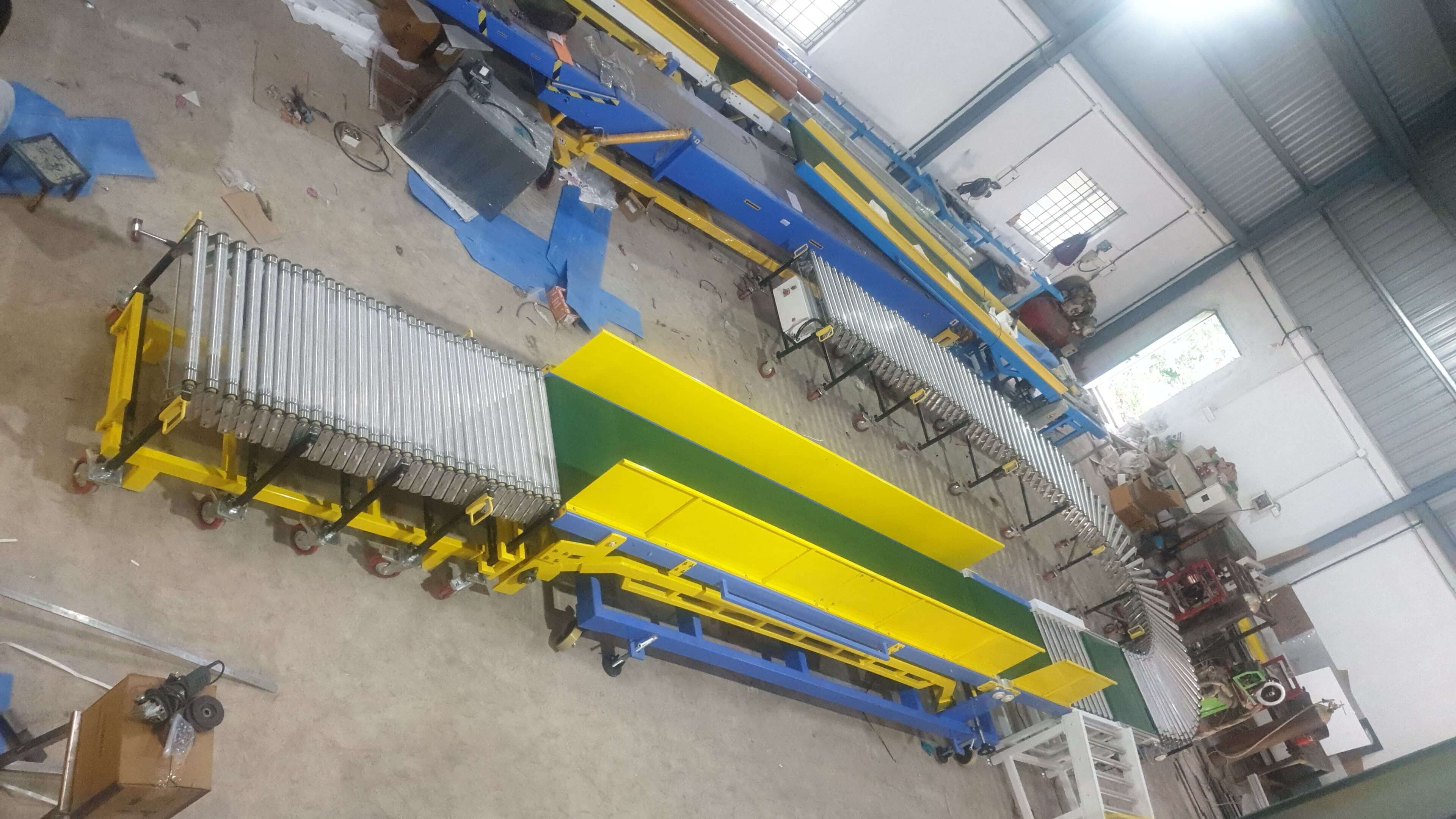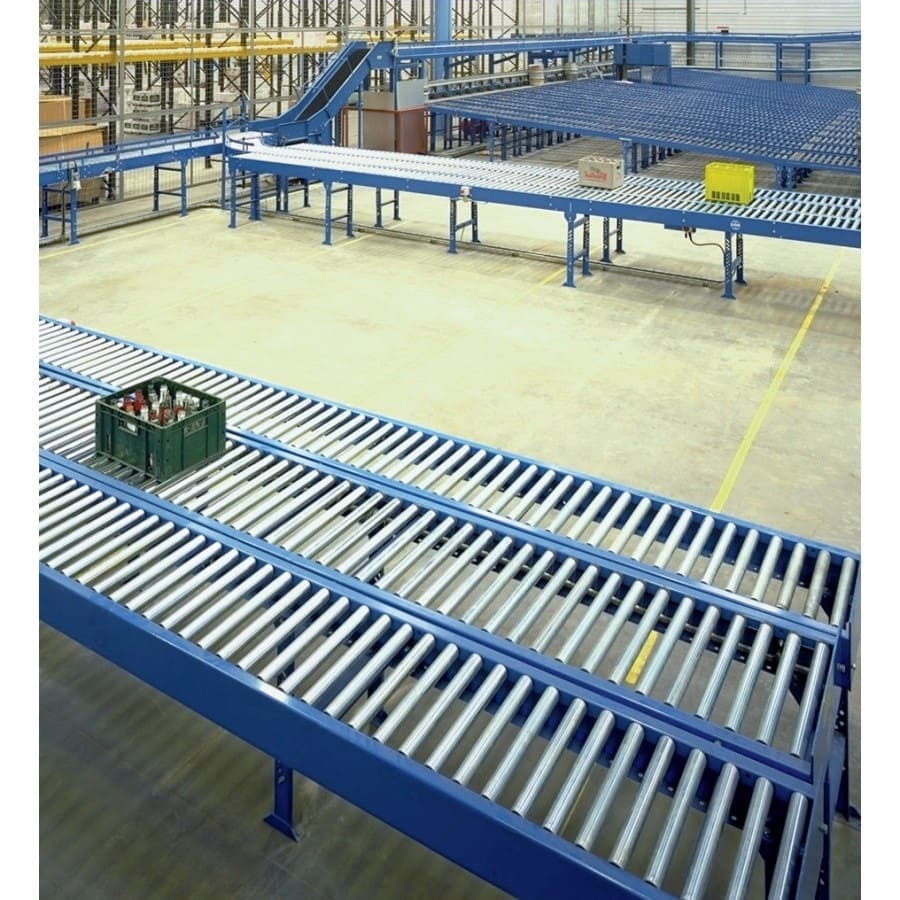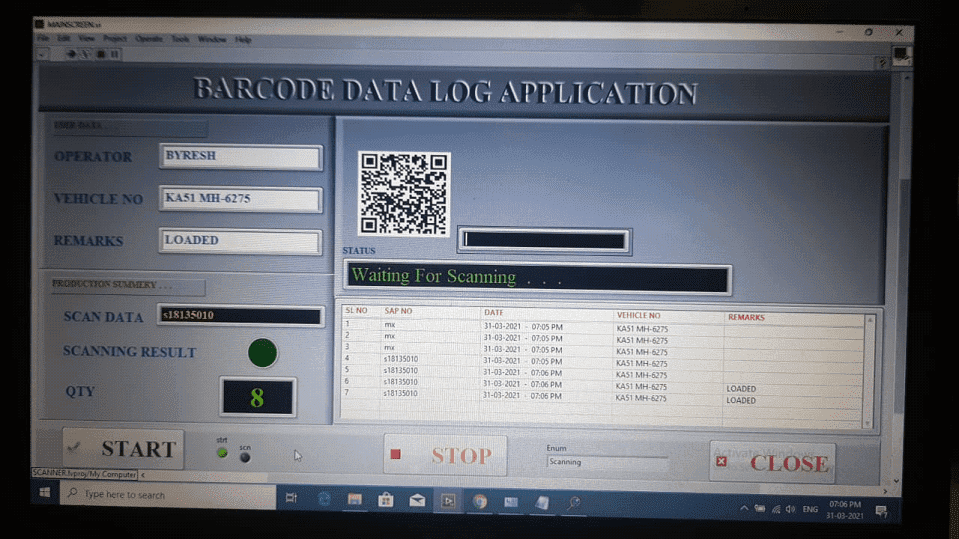Warehouse automation is a powerful tool, that can help us to improve accuracy, efficiency, and reliability while saving on labor costs.
Warehouse automation minimizes human assistance by automating the movement of inventory into, within, and out of warehouses to customers. As part of an automation project, a business can eliminate labor-intensive duties that involve repetitive physical work and manual data entry and analysis.


Warehouse automation is software application integrated with material handling conveyors designed to support and optimizes warehouse functionality and distribution center management. These systems facilitate management in using simplified automatic technologies useful in daily activities like planning, organizing, directing, warehouse keeping and controlling the utilization of available resources, to move and store materials inside, around and outside of a warehouse, while supporting staff in the performance of material movement and storage in and around a warehouse, without causing any large scale disruption to business resources.
In warehouse automaton based on the storage area to the dispatch area there three types of conveyors may use to complete the goods movement from storage area to vehicle.


Ware house conveyor automation uses a database configured to support warehouse operations they are:



To collect the barcode data from the Product barcode.

